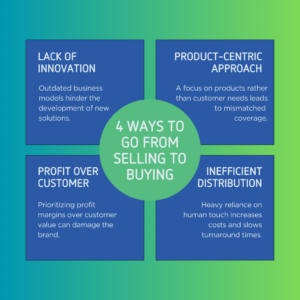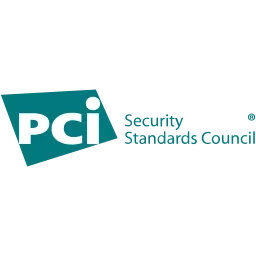Transition From Selling to Helping Your Customers Buy

Insurance penetration in the region is at an alarming low rate, of less than 3% compared to other advanced markets.
The problem is serious, and the industry leaders frequently discusses what could be the cause, and possible solutions to change the narrative.
One of the most discussed topics is that in this region, insurance is sold, not bought. In other words, the industry has to make a lot of effort to convince or persuade consumers to take insurance, since there is still no perceived value in being insured.
The root causes
The factors contributing to this situation are diverse and complex, but I will focus on the more important ones.
First, products are still designed as part of legacy insurance business models, meaning very limited innovation (if any). When we stick to outdated models, we are hindering the development of new insurance solutions and financial services, that cater to emerging risks and customer demands. The industry needs to embrace new business models and innovate for the future!
Another key concern is an emphasis on products rather than addressing customer pain points. Again, this overlooks the specific needs of customers, leading to mismatched coverage, ultimately leaving clients vulnerable to unforeseen risks.
There should be more emphasis about putting ourselves in the customer’s shoes, understanding what is going on and what they need, how they want to consumer insurance. In short, adopting customer centric strategy within the design process
I also tend to see more focus on high product profitability, than value to the end customer. When you prioritize profit margins over customer value it can often lead to customer dissatisfaction, higher churn rates, and a damaged brand reputation. Profitability is crucial, to ensure sustainability and returns, how-ever there must be a deliberate balance between returns and customer value.
And last, but not least: Distribution is king, and it is still heavily dependent on high human touch. The key is to adopt efficiencies through the value chain, through automation as an example, reducing high distribution costs and slow turnaround times. It is no longer enough for insurers to pay claims, but how fast an insurer pays claims is what drives competitive edge!
The solution: Leveraging technology for scale
All of these problems, although deeply rooted in the region, have a potential solution, although it often faces resistance (especially in an industry reluctant to change the status quo). One needs to adopt a combination of game changing strategies, at the core of this, is the importance of disruptive technology.
The digitalization trend in the industry has potential and can help us shift this paradigm from “selling” insurance to “buying.”
Thanks to digital platforms, consumers can buy insurance anywhere and at any time, without having to fill out complex paperwork.
Digital platforms can also streamline processes, increase top-line, and eliminate tons of paperwork and reducing high administrative overhead.
One good use case is embedded insurance, where insurance products are seamlessly integrated into the buying journey of other goods or services, allowing consumers to purchase insurance coverage in a convenient and contextualized way.
This model makes it easier for customers to buy insurance at the point of sale, such as when booking a flight or buying a car, eliminating the need to search for and purchase insurance separately.
Customers can easily access information, compare quotes, and purchase policies online anytime, anywhere, improving access to insurance.

Personalized insurance solutions, not products
People want insurance solutions that fit their needs and risk profiles.
Personalized solutions demonstrate that insurers understand and value their customers’ circumstances.
By providing relevant and valuable coverage and tailoring it to people’s lifestyles and needs, insurance becomes more valuable.
Same goes to simplifying processes like claims submission and policy management, which saves customers time and effort. Fast service and readily available support enhance customer satisfaction and loyalty, while providing a seamless experience on mobile devices, and caters to the growing trend of on-the-go interactions.
This is quite important since a good experience has proven to increase retention and enables customers to try other solutions
We have seen new insurance solutions that reward clients rather than solely paying out claims. For instance, insurance companies can now reward policyholders who exhibit positive behaviors, such as not receiving speeding tickets for a certain period in the case of car insurance, using insurance only when needed, or maintaining a healthy lifestyle for health insurance. Let’s also not forget the value of adopting behavioral science, within design models.
With this change in perspective, we will be able to move a step closer from having to convince consumers to buy insurance to them wanting to buy it, because it really contributes and adds value to their lives and businesses. I remain optimistic!
 |
Siani MalamaSSA Business Development |





